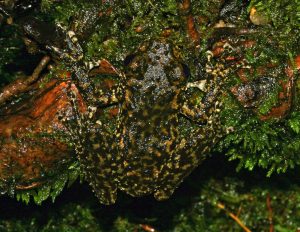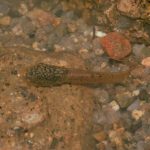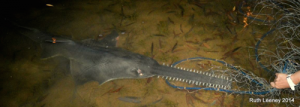Monitoring of Rare and Threatened Species
Background

Most rare and threatened species are by definition, not abundant and many may also occupy difficult to access habitats. Due to their conservation priority, they are often subject to monitoring programs and assessment of their distribution and abundance. For many species, monitoring populations and locating individuals is a significant time and resource consuming task that greatly limits our understanding of their status and their ecology. eDNA technology can greatly improve the efficiency of monitoring and surveys programs for such rare and threatened species. A much wider area can be assessed for the presence of these species and sampling can be readily undertaken in difficult to access locations. In addition, being a non-invasive technique, it does not involve disruption to individuals or their habitats and so can be repeated frequently.

At JCU, eDNA primers have been developed and are being used to survey endangered rainforest frog species and the rare freshwater sawfish. A number of frog species have suffered alarming declines in their range and abundance in the rainforests of North Queensland and several are now considered to be threatened or endangered. These species occur in high elevation, mountainous rainforest streams and are rather cryptic, such that surveys for them are time and resource-intensive. We have developed eDNA sampling techniques to survey for remnant populations across the vast stream network of the Wet Tropics rainforests and to track existing populations.

The freshwater sawfish, Pristis pristis, has a wide distribution across much of northern Australia. However, they are rarely caught, are difficult to catch and occur in remote, hard-to-access rivers of northern Australia. Due to costs and logistics, many of the rivers that are within their known range and are likely to contain populations of this species, have never been surveyed for their presence. eDNA technology allows for these habitats to be more cost-effectively assessed for the presence of sawfish. Sawfish are also regularly considered in impact assessments for development proposals. eDNA surveys are a means of undertaking wide-ranging distributional surveys in such studies, and of locating sites where more intensive on-ground netting surveys can be conducted.

